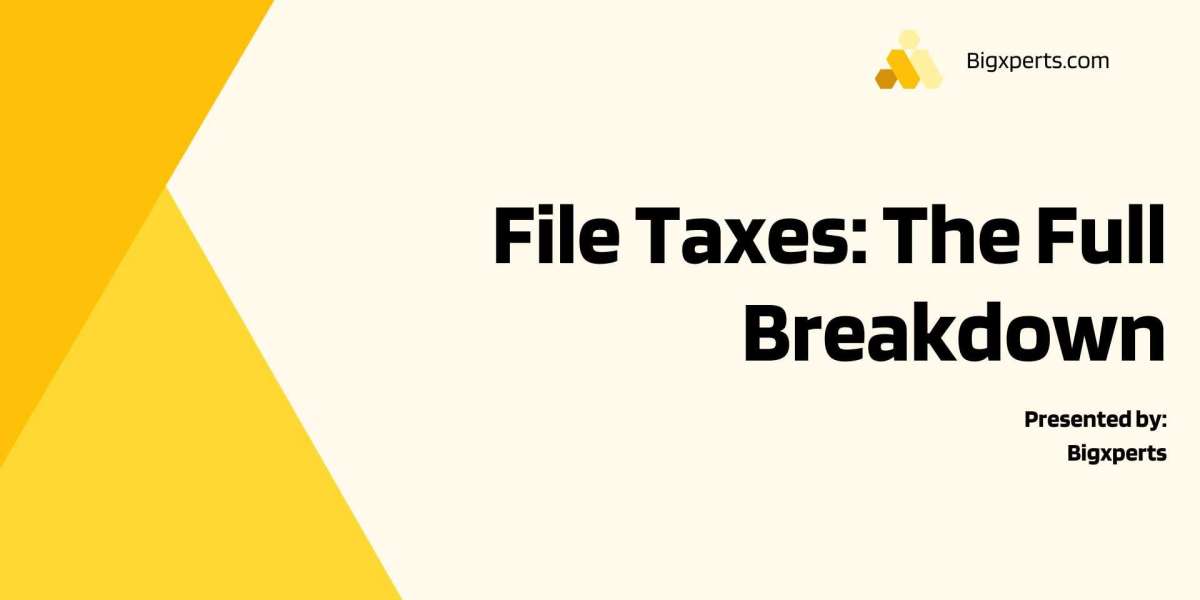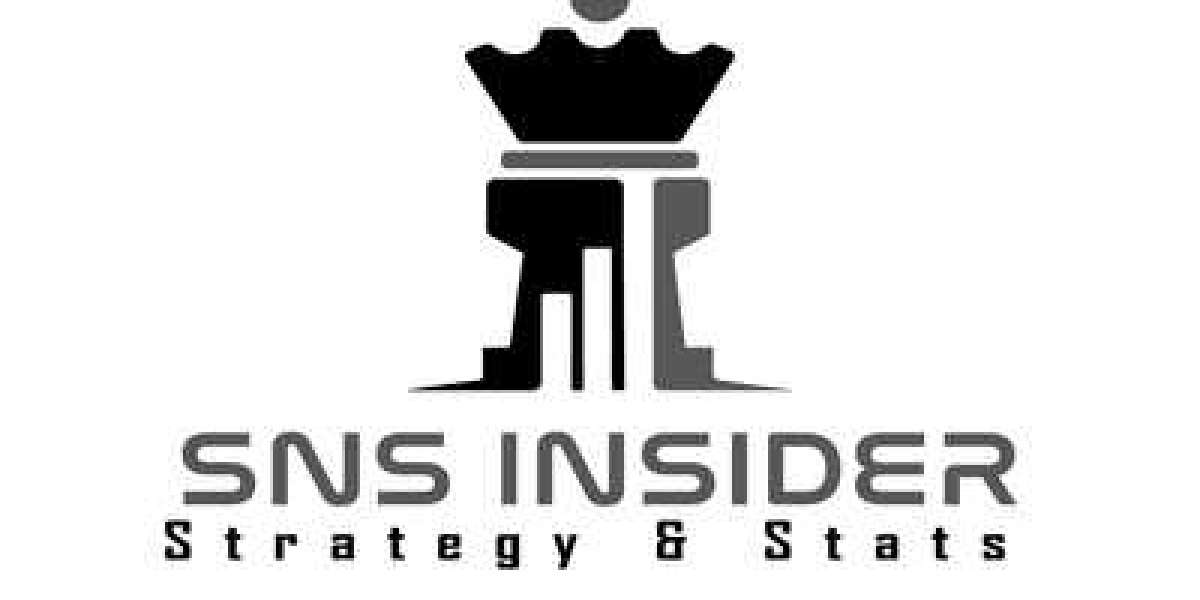As perhaps the least-liked day on the calendar, Apr. 15 suffers as much procrastination as holiday shopping in December, and part of the reason why is the enormity of it.
Even people expecting a big refund put it off as long as possible. That's why the old maxim "slow and steady wins the race" (courtesy of Aesop) can be applied to getting your taxes done.
Breaking down the process into pieces and doing a little here and a little there can leave you with a lot less stress when Apr. 15 rolls around. And there is help available from technology and some from the IRS itself.
Liberty Tax Service tax specialist Laura Tuuri (C) helps a client do his taxes on April 16, 2018, in Oakland, California. (Photo: Justin Sullivan/Getty Images)
How to organize your tax information?
Whether you prepare your taxes yourself or use a tax preparation service or an accountant, you still need to organize your tax information.
While that can seem like an overwhelming task, if you take your time and approach it in an organized way, it doesn't have to be overwhelming or even take a lot of time.
Staying on top of your tax information means collecting information as it is sent to you — either via the mail or email — and placing it in an electronic or physical folder and adding information that you have to it as you approach tax time.
Employers and some others must send you tax information by January 31.
Personal information
Start with the personal information you will need, which includes your Social Security number and that of your spouse and dependents, if you have any.
You'll need last year's tax return and your checking account and bank routing number, in case you'll get a refund and want to have that directly deposited into your bank account.
Income received
To determine your income for tax purposes, you need your W-2 from your employer and any 1099s you may receive from side businesses or self-employment income you have.
If you receive alimony or unemployment benefits or get Social Security, you will also need those statements.
Here are some other types of income and adjustments to income that you may have:
- Investment or interest income from a bank, credit union, or financial institution
- Miscellaneous income from jury duty, scholarships earned, medical savings accounts, or gambling winnings
- IRA or other retirement plan distributions
- Income from the sale of a home or rental property
- Cancellation of debt — if you sold a home for less than you owed on the mortgage and the bank forgave the debt, you still owe taxes on the amount that you didn't pay the bank.
Deductions, adjustments, and credits: The basics
The government offers a wide variety of deductions, adjustments, and credits to offset your income.
If you have enough itemized deductions, you can itemize, which involves listing specific information on Schedule A; if not, you can take the standard deduction.
The standard deduction is an amount that reduces the amount that you have to pay in taxes.
The only way to determine which course makes sense is to gather all the information and do the calculations yourself through tax preparation (West Covina) software or give it to your tax preparer to determine. Some deductions and credits aren't dependent on whether you itemize or not.
Here are some of the deductions, payments, credits, and adjustments to your income that you might have that you should gather information for:
- IRA contributions
- Student loan interest paid
- Alimony paid
- Mortgage interest, private mortgage interest, and points paid
- Medical and dental expenses
- Child care, education, and adoption expenses
- Rental property income and expenses
- Home business expenses
- State, local, real estate, and personal property taxes; and estimated taxes paid
Tips for preparing your taxes
When preparing your taxes, it is helpful to think like a bookkeeper and take each section one step at a time.
If you live in a state that has a personal income tax, you'll also have to prepare your state taxes, and you may also have local taxes to pay as well.
Should the task seem overwhelming, break each part into steps and look at your schedule.
Figure out how much you can do every weekend and back that out from the tax filing date, which is usually April 15, but might be later due to a weekend or holiday.
For example, if you have six weeks until your taxes are due, divide the federal tax form into four parts and tackle one part each weekend until you are done; then use the last weekend or two to fill in the state and local forms.
Types of tax professionals to work with
Especially if you are self-employed or own a business, it's wise to consider working with a tax professional.
There are a variety of professional "breeds," however, all of whom can prepare tax returns, and some of whom can provide year-round tax planning advice.
Let's survey the field.
Enrolled agents
Enrolled agents, also known as EAs, have passed a comprehensive IRS exam covering individual and business returns and tax law.
They are bound to ethical standards and are required to complete 72 hours of continuing education every three years. EAs are permitted to practice before the IRS, so they can represent a client in any tax matter outside of court.
Enrolled agents are a good fit with all kinds of taxpayers — individuals as well as businesses.
Aside from mere tax return preparation, EAs are specifically helpful in dealing with tax problems, such as back taxes due, compromise offers to the IRS, and tax audits.
There is no professional degree requirement for EAs, but many do have accounting degrees, MBAs, and/or other professional licenses.
Enrolled agents are governed by the IRS's Office of Professional Responsibility.
You may wish to check whether your EA is a member of the National Association of Enrolled Agents and/or a similar professional society in your state.
Certified public accountants
Certified Public Accountants (CPAs) have passed a rigorous four-part uniform exam covering business law and auditing, as well as all forms of accounting.
They are governed by the American Institute of CPAs, as well as their state's organization, and must adhere to ethical and continuing education requirements.
CPAs are permitted to practice before the IRS, so they can represent a client in any tax matter outside of court. CPAs are a good choice for complex tax return preparation and planning issues.
Tax attorneys
Tax attorneys have passed their state bar exams and are governed by their state bar association.
They must adhere to ethical and continuing education requirements provided by their states. Attorneys have unlimited practice rights before the IRS and can represent their clients in court, if necessary.
You'll need a tax attorney if you have potential criminal issues or for estate planning and related tax issues. A tax attorney is also a good choice for complex business entity planning and structuring.
Because of their relatively high hourly fees, tax attorneys are usually not the best choice for routine personal Tax Preparation Services (Tampa), unless that service is included as part of a package of other services.
Whomever you choose as a tax pro, taxpayers should remember they are legally responsible for what's on their tax return, even if it is prepared by someone else.
You should use only preparers who sign the returns they prepare and enter their preparer tax identification numbers (PTINs).
New regulations now require all paid tax return preparers — including EAs, CPAs, and attorneys — to register with the IRS and obtain a PTIN.
A tax attorney is a good choice for complex business entity planning and structuring. (Photo: Getty Images)
A tax attorney is a good choice for complex business entity planning and structuring. (Photo: Getty Images)
The case for tax preparation software
If you're interested in preparing your taxes yourself and don't want to manually fill out IRS forms, one option is to purchase tax preparation software.
Several companies provide such software, and you can either buy CDs or download the software online on your computer. Tax preparation software brings convenience and guidance to the Tax Preparation Services in San Jose process for a cost.
Software features
Tax preparation software is designed to guide you through the process of preparing your taxes. Various levels of software are available depending on the complexity of your situation.
For example, if you are single and have a very simple return, the software may be free. However, if you have your own business, a more complex and expensive version of the software is available.
The software is designed to gather all the relevant information about your tax situation, crunch the numbers and tell you how much tax you owe and whether you will get a refund or have to pay additional tax.
You can also use tax preparation software to prepare your state taxes if you live in a state that has a personal income tax.
Some tax preparation programs will import information from your employer, last year's return, data from other financial programs, and information from banks and investment firms that you do business with. The programs will help you find deductions and credits that may reduce your taxes.
They will also expedite the process of electronic filing of your returns with state and federal governments, or you can print your returns and mail them yourself.
If you are due a refund, you can provide your bank account information, which the IRS can use to pay your refund to your bank account via direct deposit.
How tax preparation software works
Instead of filing in the blanks on a paper or online tax form, the software asks you a series of questions. These questions are grouped by subject matter, such as your personal information, which includes the Social Security numbers of you and your dependents.
There are usually extensive help menus, and help may be available through a toll-free number for an additional cost, or it may be included in the price of the software.
As you work through the questions, the software typically keeps a running total of how much tax you owe or the amount of your refund.
That information doesn't mean anything until you are done entering all the information, so don't panic if there's a large total due when you've entered income but no deductions yet.
Once you've entered all the information requested, the software will run a check for errors and ask for any missing information. At that point, you can take seriously the numbers for either payment due or a refund owed.
The maker of the software program may try to sell you additional services that you might not need, such as audit protection, or upgrading to a more robust and expensive version of the software.
You usually have to pay extra to prepare and file state taxes, if you live in a state that has an income tax. Some software lets you prepare your return, but you can't print the forms or file them electronically until you pay for them.
Software makers encrypt your information so that if you file electronically, the connection between the software company and the Internal Revenue Service or the state is secure.
A few tips on choosing software
When it comes to choosing software, here are a few tips to consider:
Desktop or online: You'll need Internet access for updates and to file, but it can be cheaper to buy a desktop version at a big box retailer rather than buy it online.
Which version: Most tax prep software comes in several versions. With most types of software, you can start with a basic version and upgrade if you find you need the more expensive version as you are working through your taxes.
State taxes: If you live in a state that levies a personal income tax, you need to file a state income tax return. That can get expensive with tax preparation software, though the bonus of using it is that the information from your federal return is automatically imported into your state return. If you have an uncomplicated return, some states have online forms you can file yourself, which can save you some money.
Summary of filing taxes
Tax preparation services love to advertise how much they can save you compared to your efforts. Often, they are right. It pays to at least consider their services and prices and compare those to the amount of effort you would put in if you did them yourself.
If you are the type who prefers to do them unaided (perhaps you like the challenge), you have tools at your disposal — software and IRS help. It should be noted that IRS assistance varies with budget cuts. This is something to keep in mind during challenging fiscal years.



